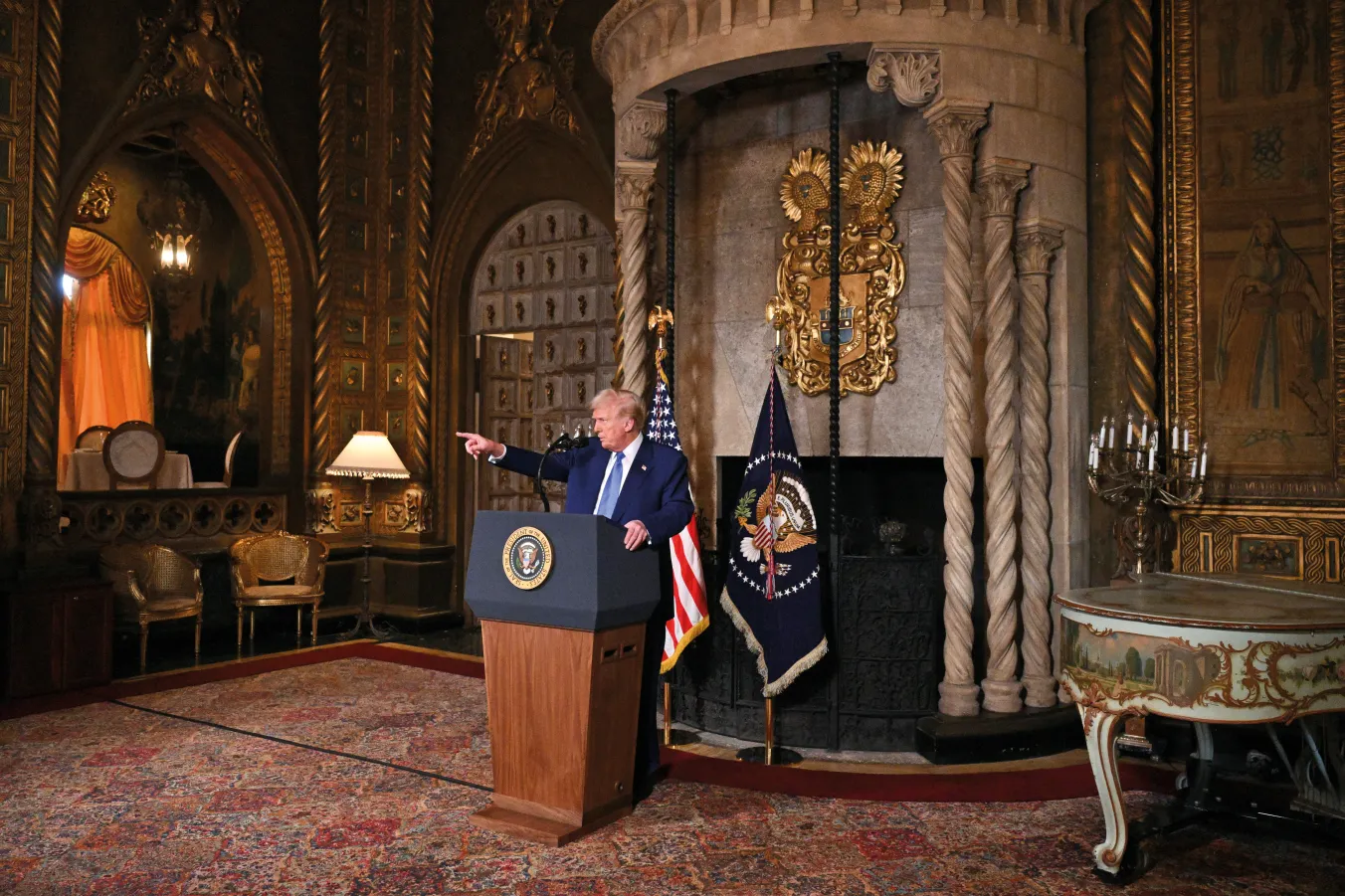VIJAY PRASHAD examines why in 2018 Washington started to take an increasingly belligerent stance towards ‘near peer rivals’ – Russa and China – with far-reaching geopolitical effects
Workers in Iran are in destitution
Despite pledges from the late president that absolute poverty would be eradicated by 2022, the reality is that Iran’s commitment to neoliberalism has seen working people plunged ever-deeper into misery, says JAMSHID AHMADI
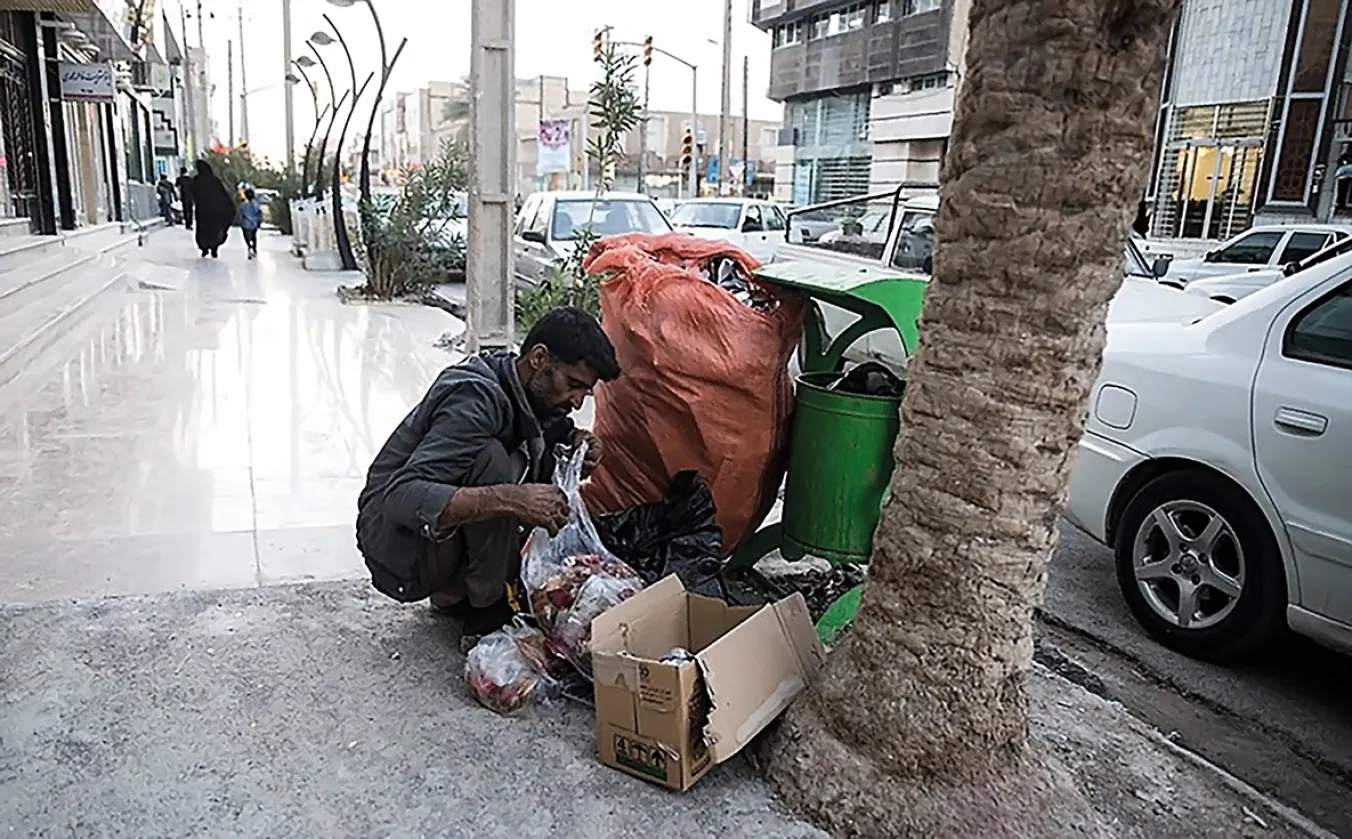
THE daily minimum wage in Iran is set at a mere $4 (£3.14), at a time when the poverty line equates to 35,000,000 tomans (£457) per month.
• According to the latest report by the Majlis (Iranian parliament) Research Centre, the poverty rate in Iran has increased from 19 per cent to over 30 per cent over the past decade.
• The number of people living below the absolute poverty line in Iran has doubled from 15 per cent to 30 per cent between 2018 and 2020.
More from this author
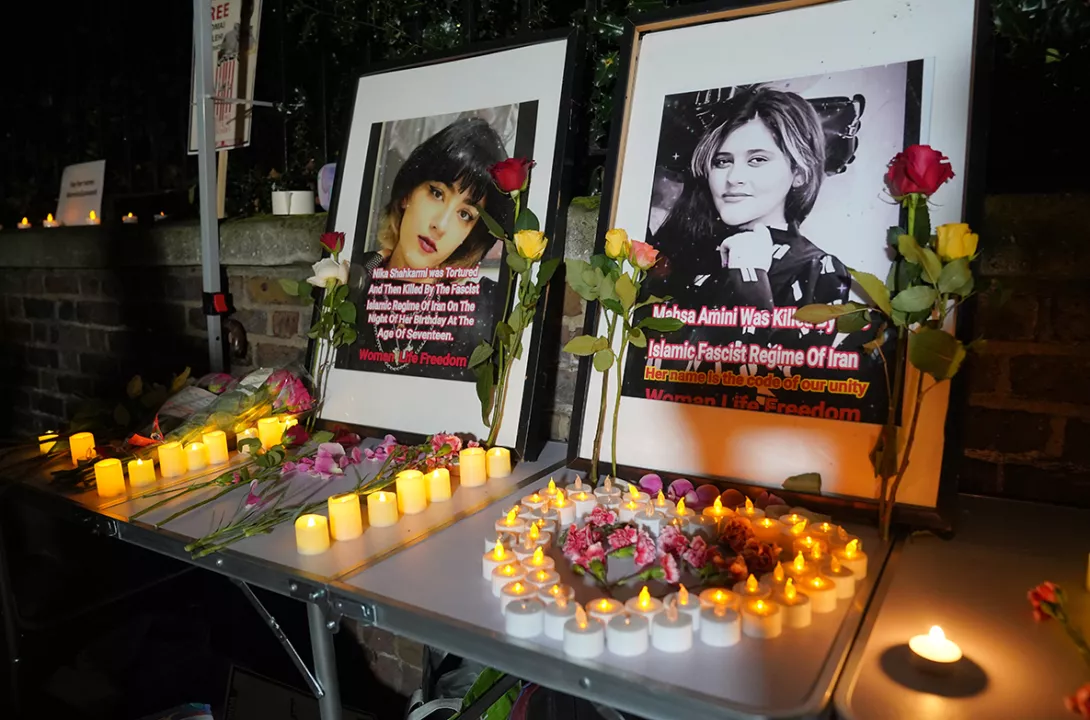
Activists who are carrying forward the democratic struggle of the Iranian people for peace, human rights and social progress need our urgent solidarity, says JAMSHID AHMADI
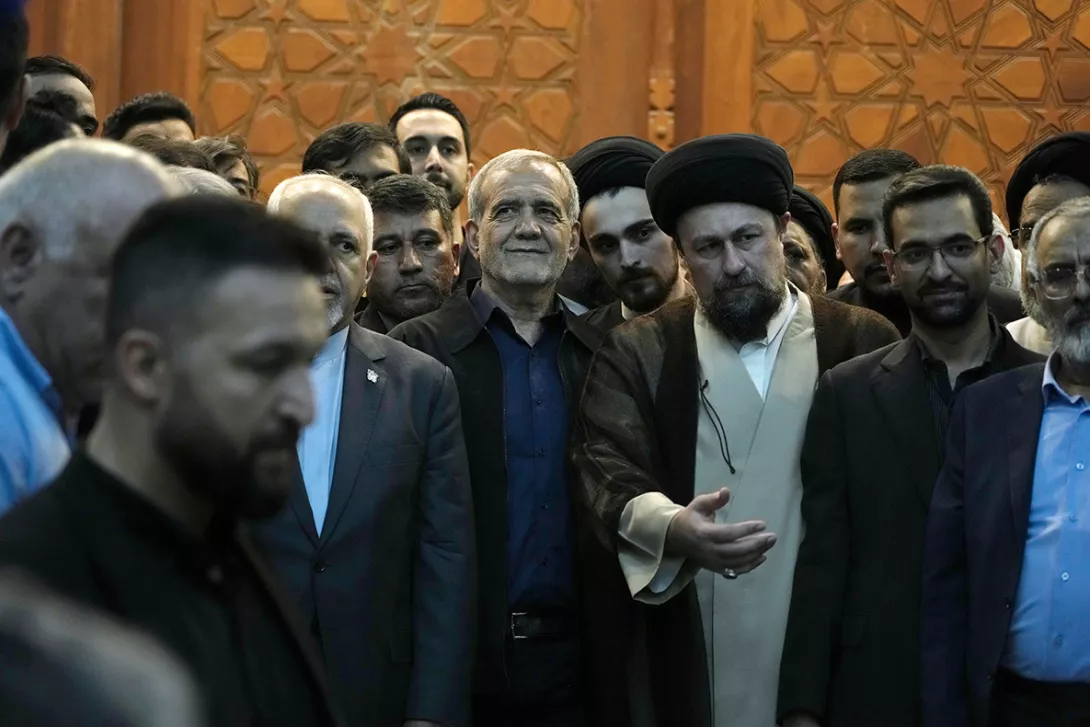
As a new president takes office amid a suspiciously low turnout, the regime’s grip on power grows ever more tenuous as the crises and rebellions become more regular, writes JAMSHID AHMADI

Nurses in Iran are waging an admirable struggle for pay above the poverty line, job security and against compulsory overtime despite the regime trying to suppress their voices and divide them, reports JAMSHID AHMADI
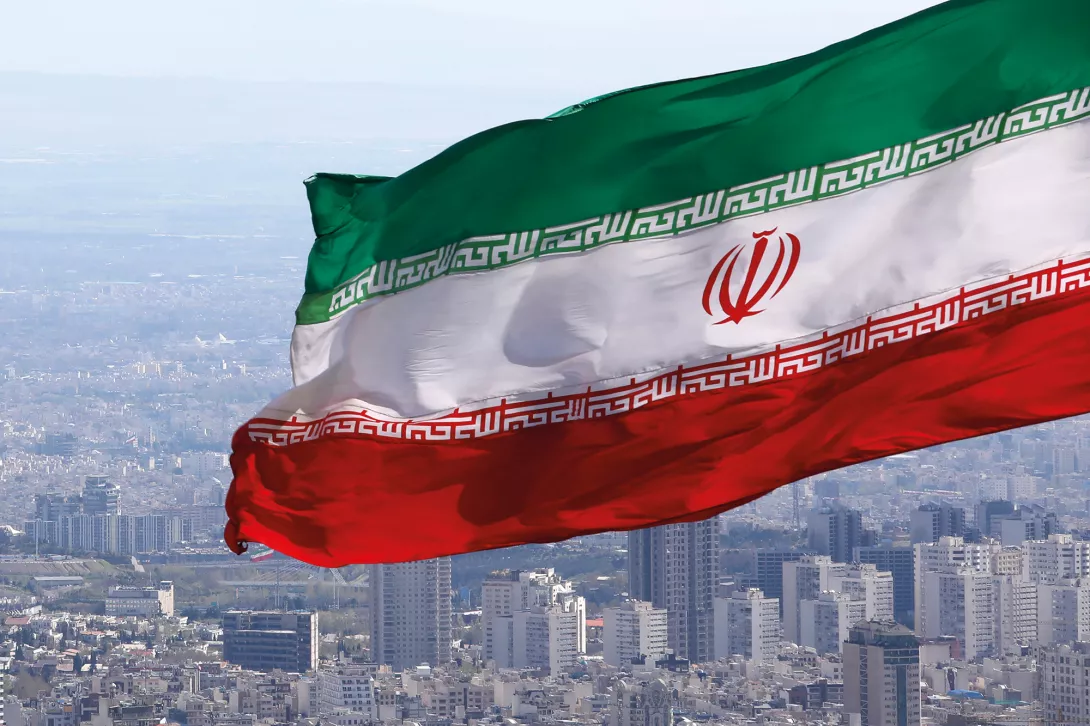
Human rights advocates have called for an international outcry against the wave of arrests taking place in Iran, explains JAMSHID AHMADI
Similar stories
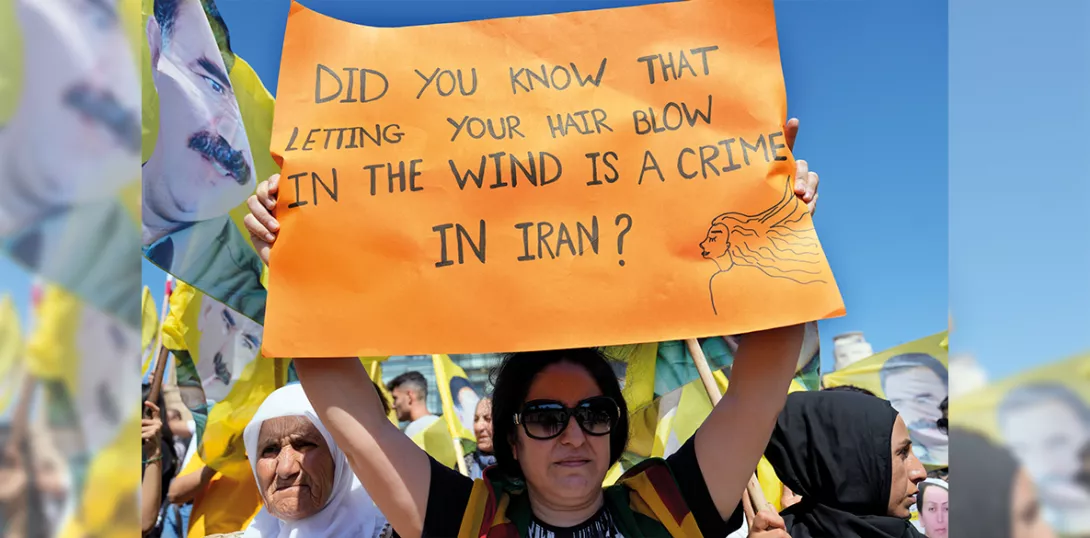
Iran’s women’s rights movement now joins widespread unrest, as pensioners, steelworkers and students unite against corruption, repression and economic mismanagement by the theocratic regime, writes STEVE BISHOP
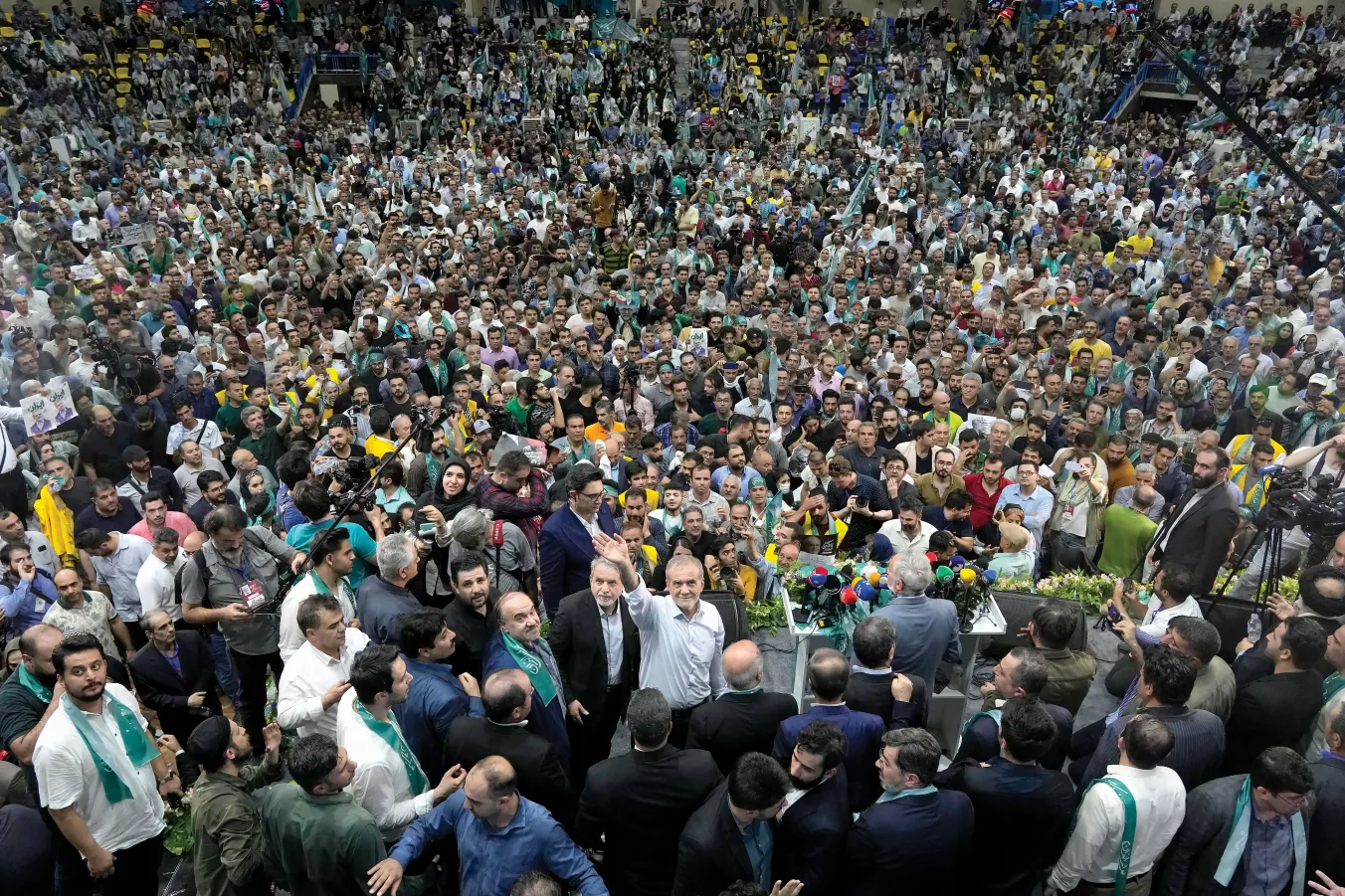
With Iran heading to the polls following the death of president Raisi, STEVE BISHOP assesses the candidates, and warns of a wide and growing gap between the populace and the regime

Nurses in Iran are waging an admirable struggle for pay above the poverty line, job security and against compulsory overtime despite the regime trying to suppress their voices and divide them, reports JAMSHID AHMADI


